The 10 Biggest Microsoft Stories Of 2014
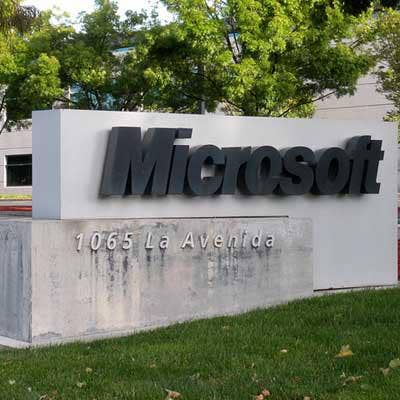
A Monumental Year For Microsoft
Some years, it's a stretch to come up with 10 stories that really mattered to a tech company. That wasn't the case for Microsoft in 2014, which will go down as a period of momentous events the likes of which haven't been seen in its 39-year history.
There was, of course, the appointment of a new CEO in February, who then proceeded to break with tradition with a series of major product and strategy moves. This was the year Microsoft's philosophy shifted in ways that would've seem unlikely even a year ago.
Picking just 10 stories from the many Microsoft generated this year is a big challenge, but CRN is giving it a shot. Here are our picks for the biggest Microsoft stories of 2014.
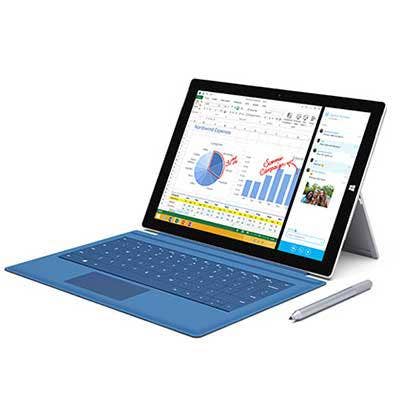
10. Surface Finally Starts To Sell
Microsoft's Surface tablet/laptop/whatever had a rocky introduction to the market last year, with unsold inventory worth $900 million, generally tepid interest, and television commercials that had people scratching their heads because they made no sense.
But this year, things were different. Microsoft rolled out the Surface 3, a stunningly beautiful piece of design that grabbed the attention of tablet users. It's been said that Microsoft takes three iterations to get products right, and that appears to be the case with Surface.
In October, Microsoft revealed that Surface accounted for $908 million in quarterly revenue, and by some calculations, turned a profit for the first time. Microsoft even opened up Surface distribution to a small set of partners in the U.S. as part of a pilot program.
It remains to be seen whether Microsoft can continue this momentum, but it seems to be committed to a product that once looked like it didn't have much of a future.
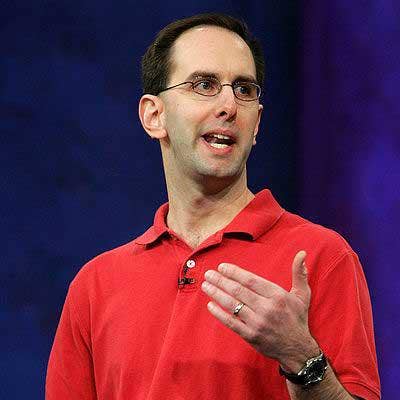
9. Popular Microsoft Longtimers Get Key Promotions
One of the first moves Satya Nadella made after taking over as Microsoft CEO in February was to appoint Windows Azure chief Scott Guthrie (pictured), a rock star in the developer community, to his old role as head of the Cloud and Enterprise group.
Microsoft development partners loved the move to promote Guthrie, a 22-year Microsoft veteran. "The honor couldn’t go to a more qualified nor esteemed person at Microsoft," Scott Stanfield, CEO of Vertigo Software, a Richmond, Calif.-based Microsoft partner, told CRN at the time.
Nadella also promoted Chris Capossela, a 23-year Microsoft veteran, to the role of executive vice president and chief marketing officer in early March. There's been a fair amount of management turnover at Microsoft in recent years, but partners like the fact that popular executives are getting bigger roles.
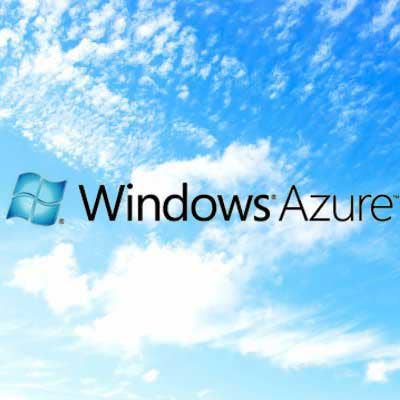
8. Microsoft Expands Azure Sales In The Channel
Microsoft began letting partners resell Azure cloud services through its Open License program in August, opening the door to what promises to be a healthy revenue stream for the channel for years to come.
This was a shrewd move considering that small and medium businesses are a huge -- and relatively untapped -- market for cloud services. Selling Azure through the channel could also help Microsoft put pressure on Amazon and Google, its main rivals in the cloud, partners said.
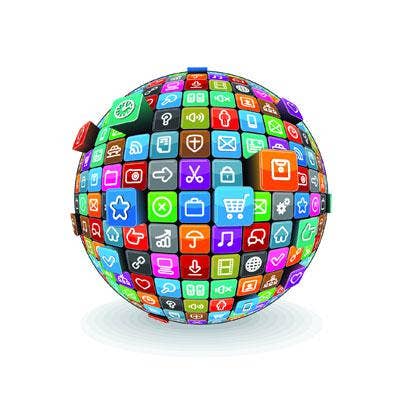
7. Microsoft Open Sources .NET
A year ago, if someone told you Microsoft was going to release the server-side .NET stack to open source, and launch a version of Visual Studio that lets developers build iOS and Android apps, you'd have recommended they get their head checked.
But that's exactly what Microsoft did in November, when it also opened the door for developers to code .NET apps for Mac and Linux. Remember, this is the same company whose former CEO Steve Ballmer once described Linux as a "cancer."
Much has changed since then, obviously. New CEO Satya Nadella has steered Microsoft onto a track where developers will be encouraged to build for platforms that are popular, even ones that compete with the software giant. If this keeps up, .NET could become even more powerful in the future.
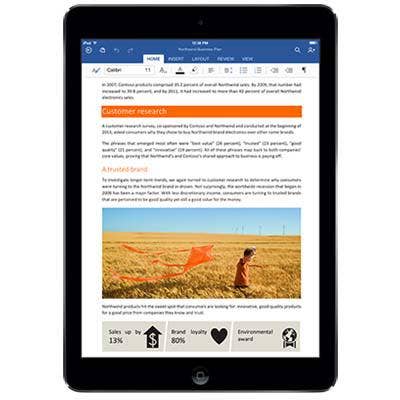
6. Microsoft Releases Office Apps For iPad, Plans Android Version
For years, Microsoft refused to bring Office to other platforms, preferring instead to keep it Windows-only. That changed in March when Microsoft launched standalone versions of Word, Excel and PowerPoint on Apple's App Store.
Later, Microsoft revealed plans to release Office apps for Android, too. But the biggest surprise came in November, when Microsoft said it would let users create and edit Office files on iPhones, iPads and Android tablets without an Office 365 subscription.
All of this ties into Microsoft CEO Satya Nadella's strategy for getting Office running on as many of the world's devices as possible. What's even more surprising is that Microsoft is going to release iOS and Android versions of Office before releasing a touch version for Windows. Given the huge interest in the iOS versions, this is a strategy that will bear some serious fruit.

5. Microsoft Dials Back On Online Advertising
Microsoft has had a rough time in the online advertising space, and this year it made some big cuts to this business.
In October, Microsoft shut down its Global Agencies and Accounts team, which handled its relationships with top media and creative agencies, and marketers. Microsoft also disbanded Yarn, its specialized creative team in charge of keeping advertisers up-to-speed on the software giant's latest advertising platforms.
Later, Business Insider reported that Microsoft had laid off its entire global advertising sales team, whose job was to sell ads on MSN, Bing, Xbox, Outlook, Skype and Windows 8.

4. Channel Turmoil Over Office 365
Office 365 is one of Microsoft's fastest growing products ever, but in the channel, the software giant made some decisions this year that irked partners.
In January, Microsoft changed its incentives for partners that sell Office 365, which meant some partners made dramatically less than they'd made previously. In September, Microsoft began offering customers free email migration services to the cloud, which cut into some partners' revenue.
In both cases, partners told CRN they felt like they were blindsided because Microsoft didn't give them advance warning. But Microsoft insists that while its channel program policies might change, its level of investment in the channel isn't dwindling.

3. Microsoft Gets Cozy With Partner Xamarin On Cross-Platform Development
Microsoft talked with Xamarin earlier this year about acquiring or making a major investment in the mobile startup, whose tools make it possible to code iOS and Android apps using Microsoft's C# programming language.
While a deal has yet to materialize, Xamarin might just be the most important partner in the Microsoft ecosystem at the moment. Xamarin also runs the Mono open source .NET project.
When Microsoft announced at its Build conference in April that it planned to open-source parts of .NET, Xamarin was its featured partner. And when Microsoft ended up open-sourcing all of .NET, Xamarin CTO and co-founder Miguel de Icaza (pictured) -- a longtime vocal Microsoft critic -- called it a "momentous occasion."
Xamarin is a key part of Microsoft's new strategy of porting its software to competing platforms, and many developers are still clamoring on Twitter for Microsoft to acquire the startup.

2. Windows 10 Unveiled
Windows 8 wasn't as poorly received in the marketplace as Windows Vista, but it didn't have customers jumping up and down with excitement, either. So when Microsoft came up with the name for its next version of Windows, it decided to skip the number 9 and go right to Windows 10.
Windows 10, code-named "Threshold," is built for productivity and reflects Microsoft's ongoing transformation to a company that puts mobile and cloud at the forefront of everything it does.
Instead of building a "mobile" OS like Windows 8, Microsoft has designed Windows 10 to run on all kinds of computing devices -- from tiny sensors in the Internet of Things, to desktops and tablets, servers running massive corporate data centers, and, at some point, the Azure cloud.
Will customers give Microsoft another Windows mulligan? That remains to be seen, but Windows 10 might just be its last chance to win back hearts and minds in the enterprise market.

1. Satya Nadella Becomes Third CEO In Microsoft's History
The year began with Microsoft still searching for a CEO after Ford CEO Alan Mulally removed himself from consideration. Ericsson CEO Hans Vestburg and Qualcomm COO Steve Mollenkopf then emerged as candidates, but they didn't work out either. Finally, Microsoft picked one of its own -- 22-year-veteran Satya Nadella -- to be the third CEO in its history.
While some shareholders -- and even a few partners -- weren't crazy about the pick, Nadella has silenced his critics and charted a course for the future that Wall Street seems to be impressed with. Microsoft shares are up around 13 percent this year.
Nadella has also shown that he's not just continuing on the course that his predecessor set. In decision after decision, Nadella has made it clear that he thinks Microsoft needs to change its strategic direction and approach market challenges differently than it has done in the past.